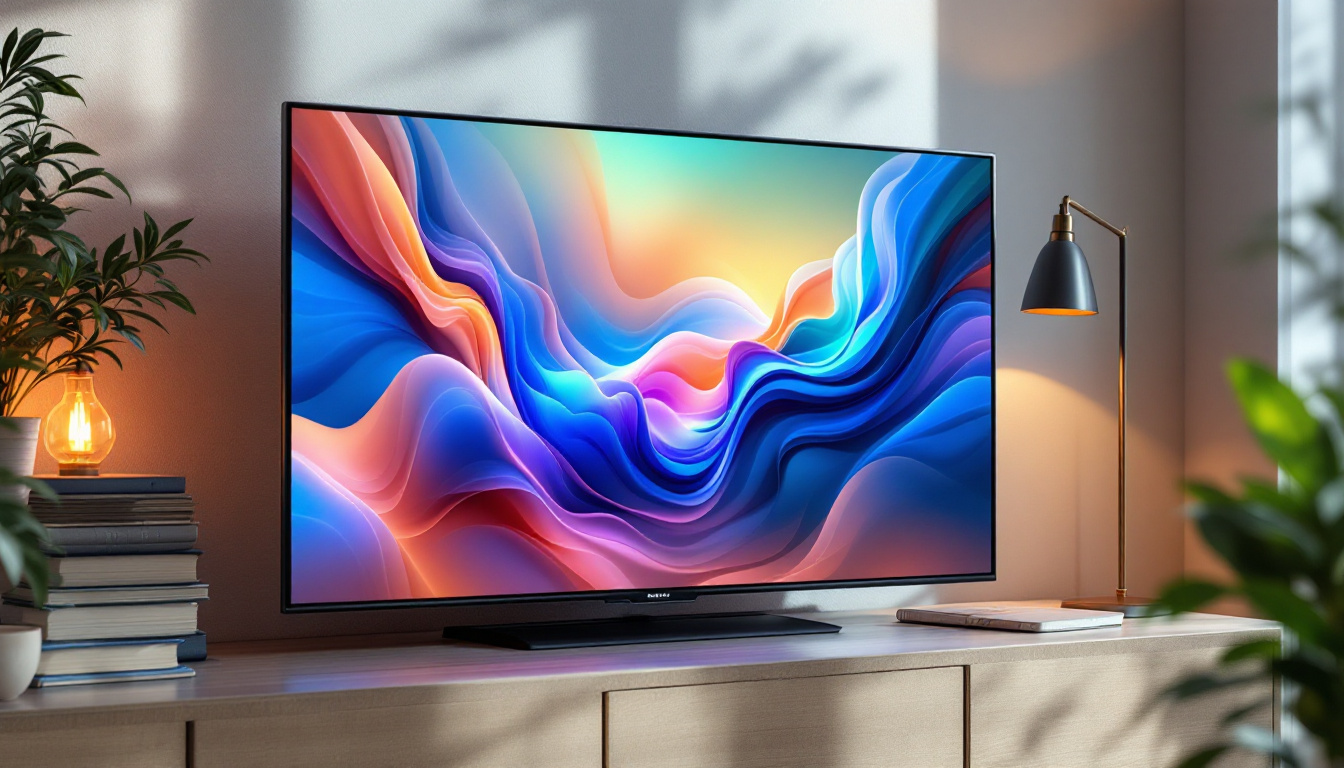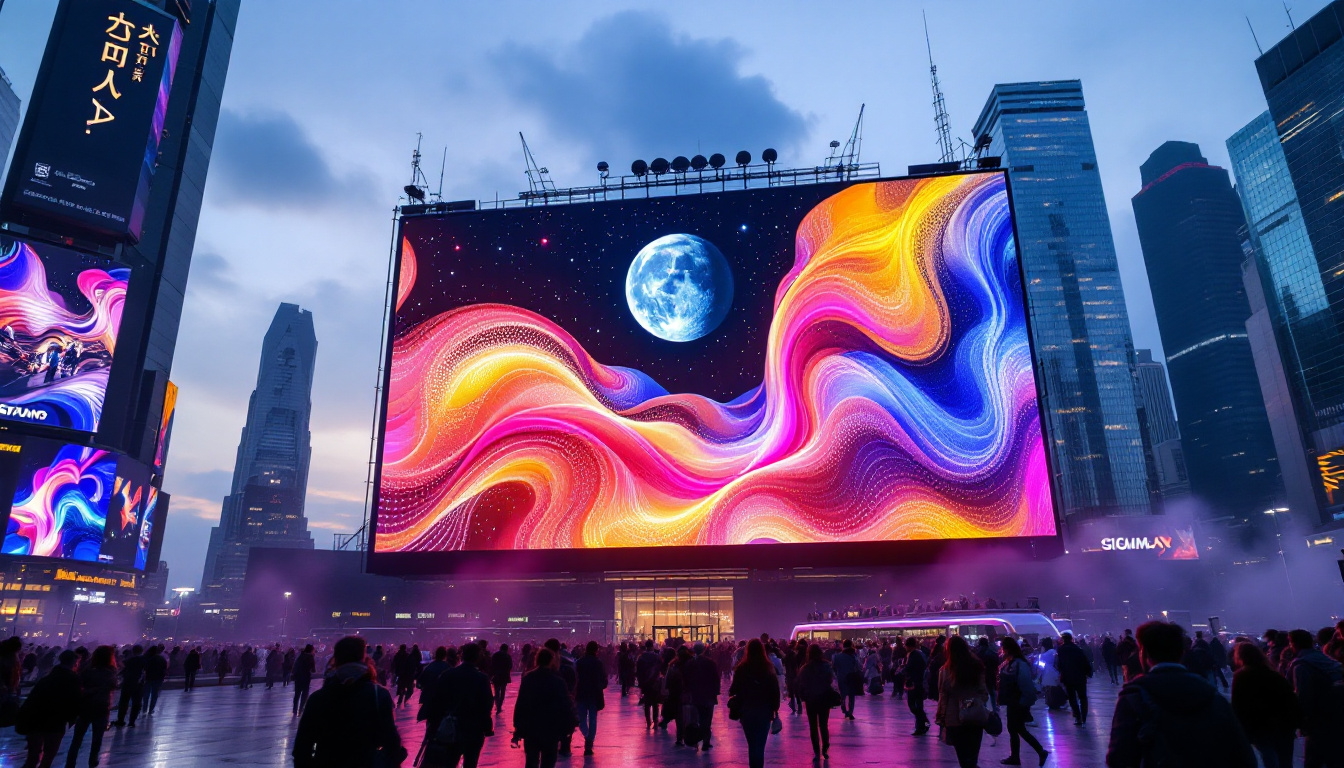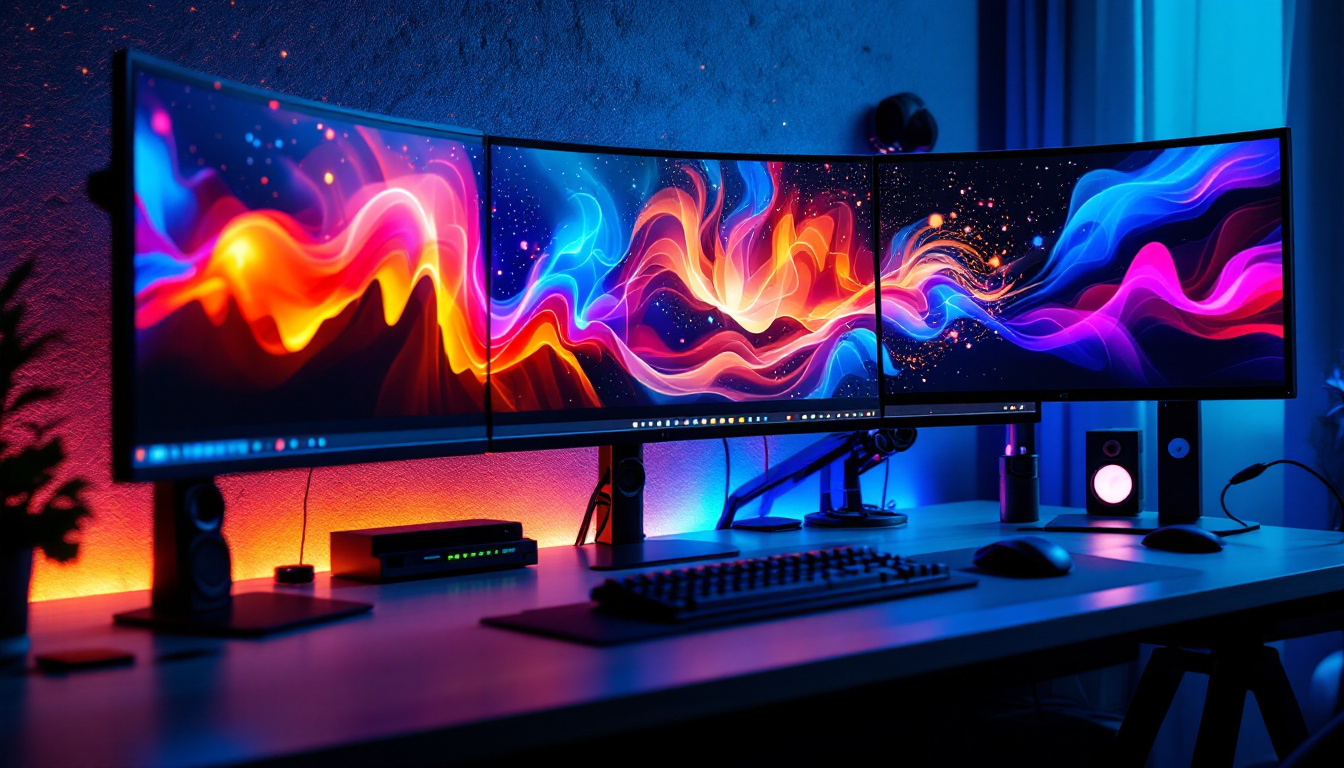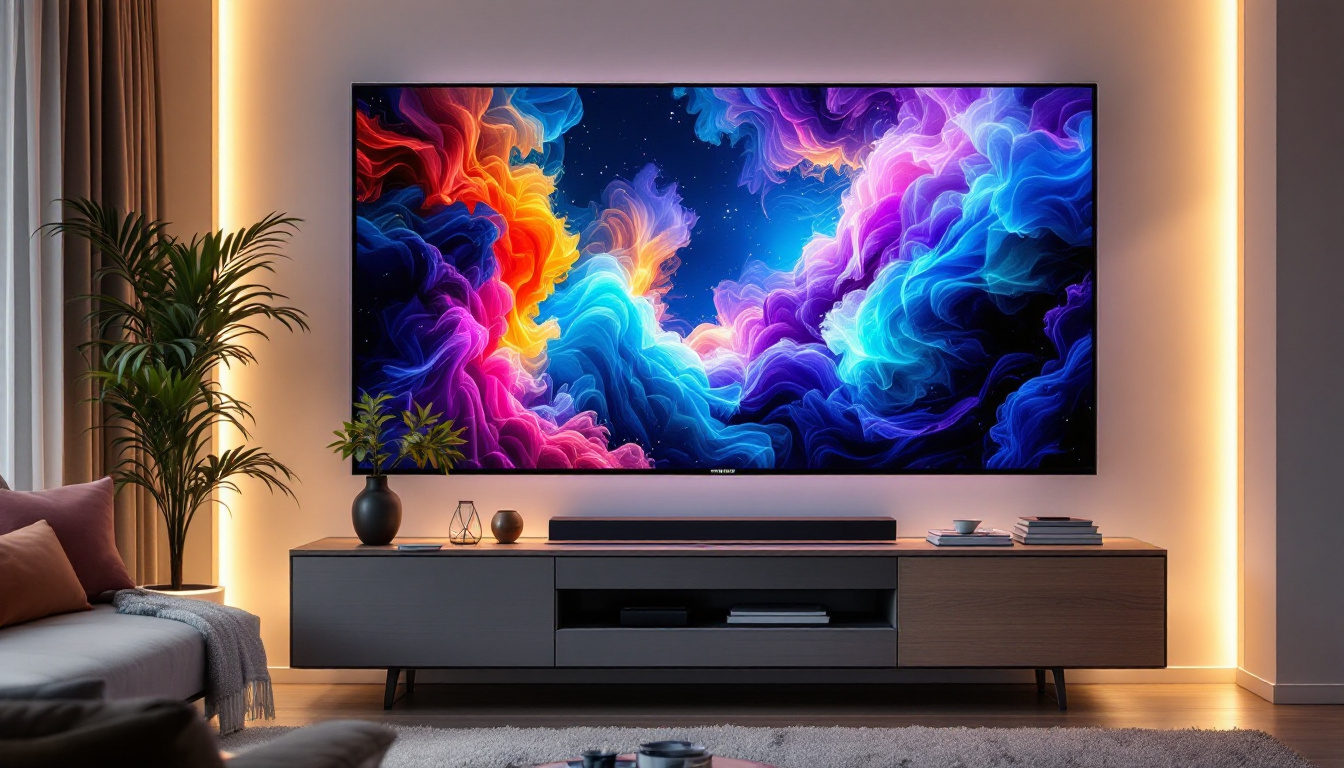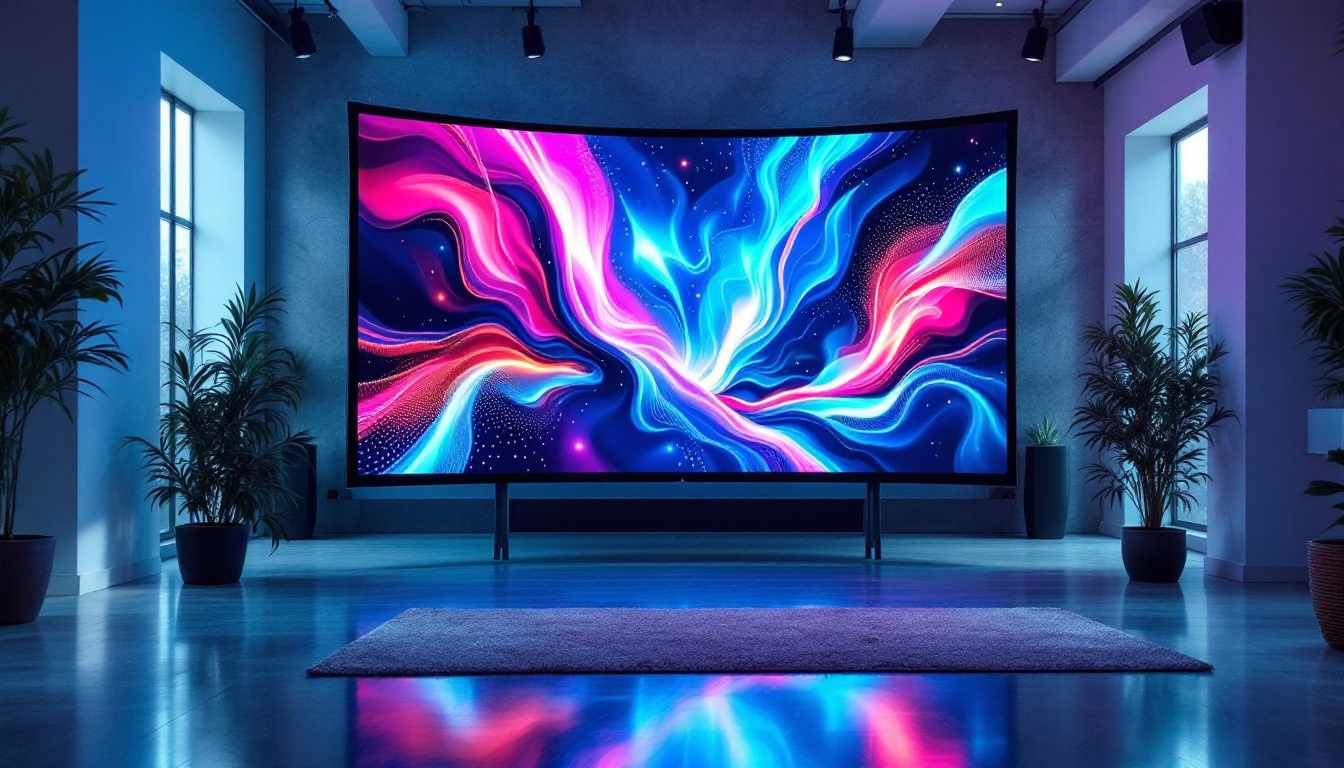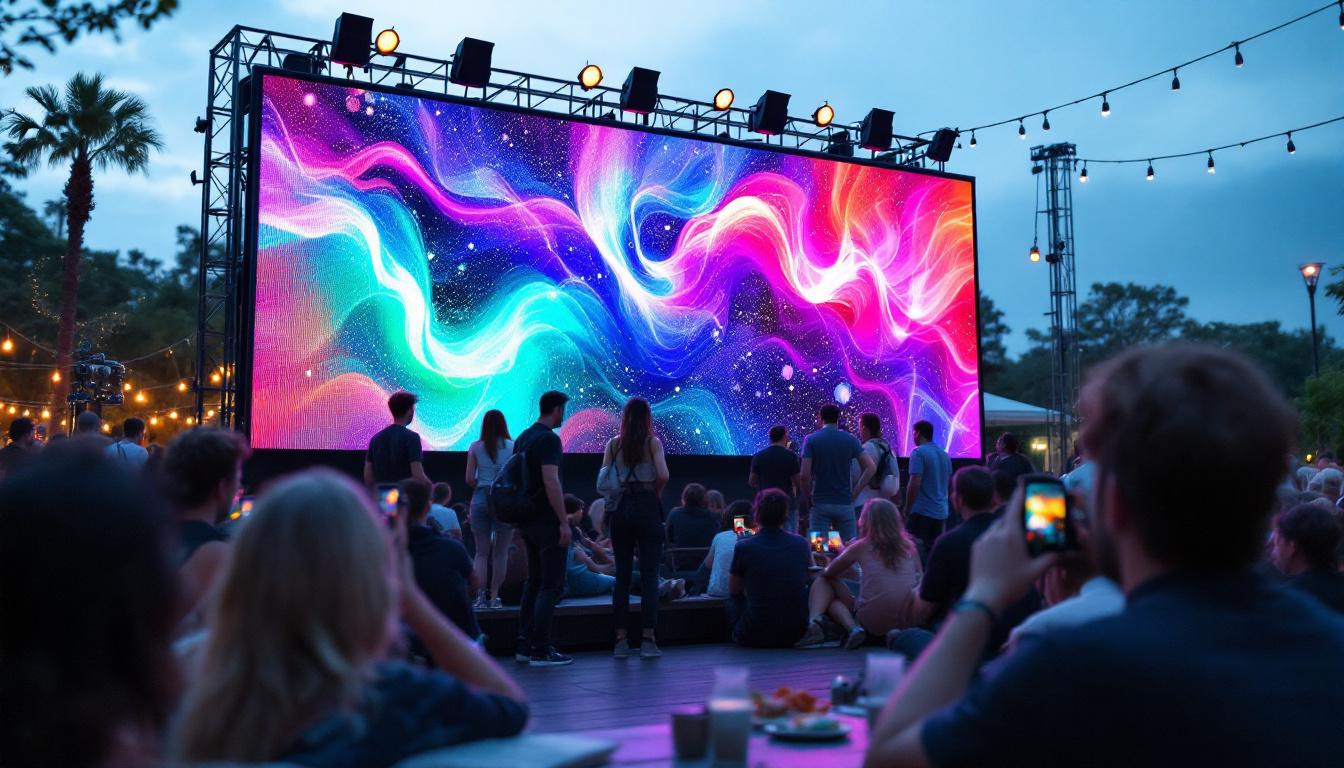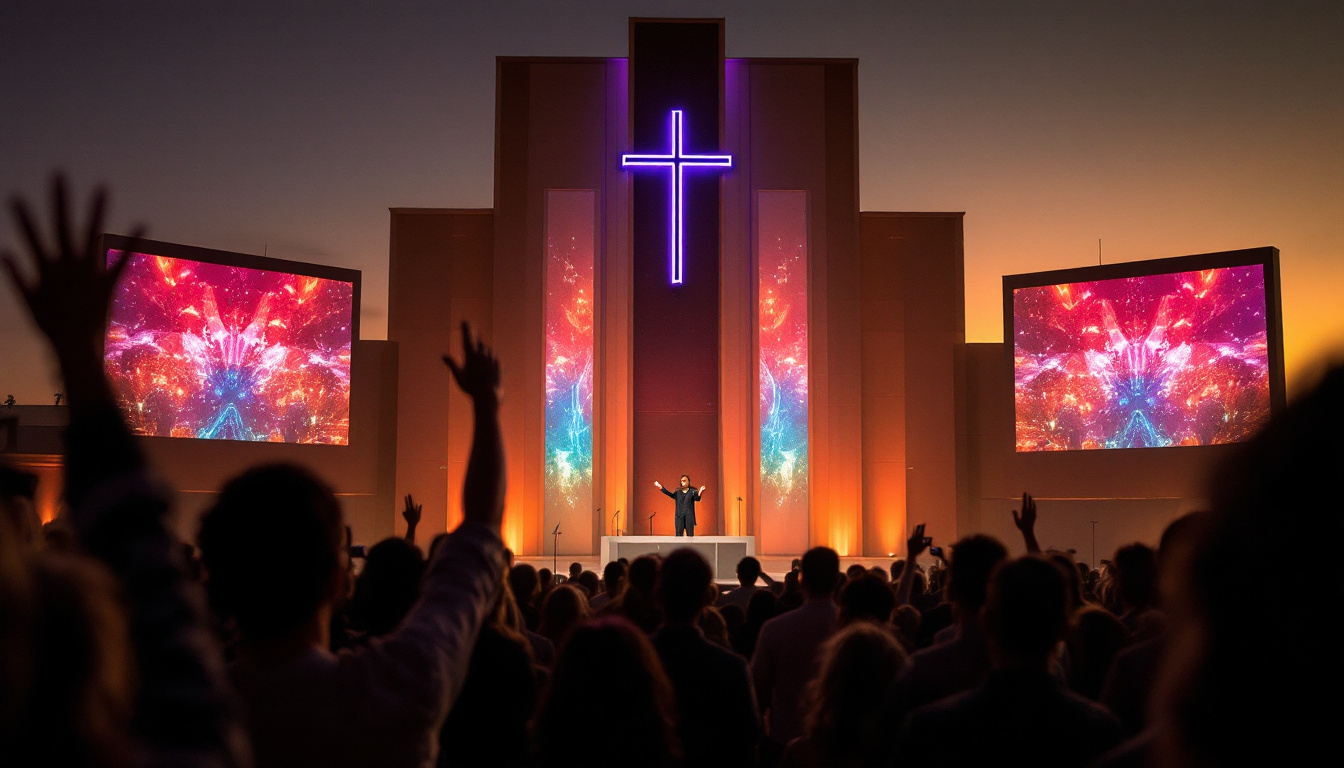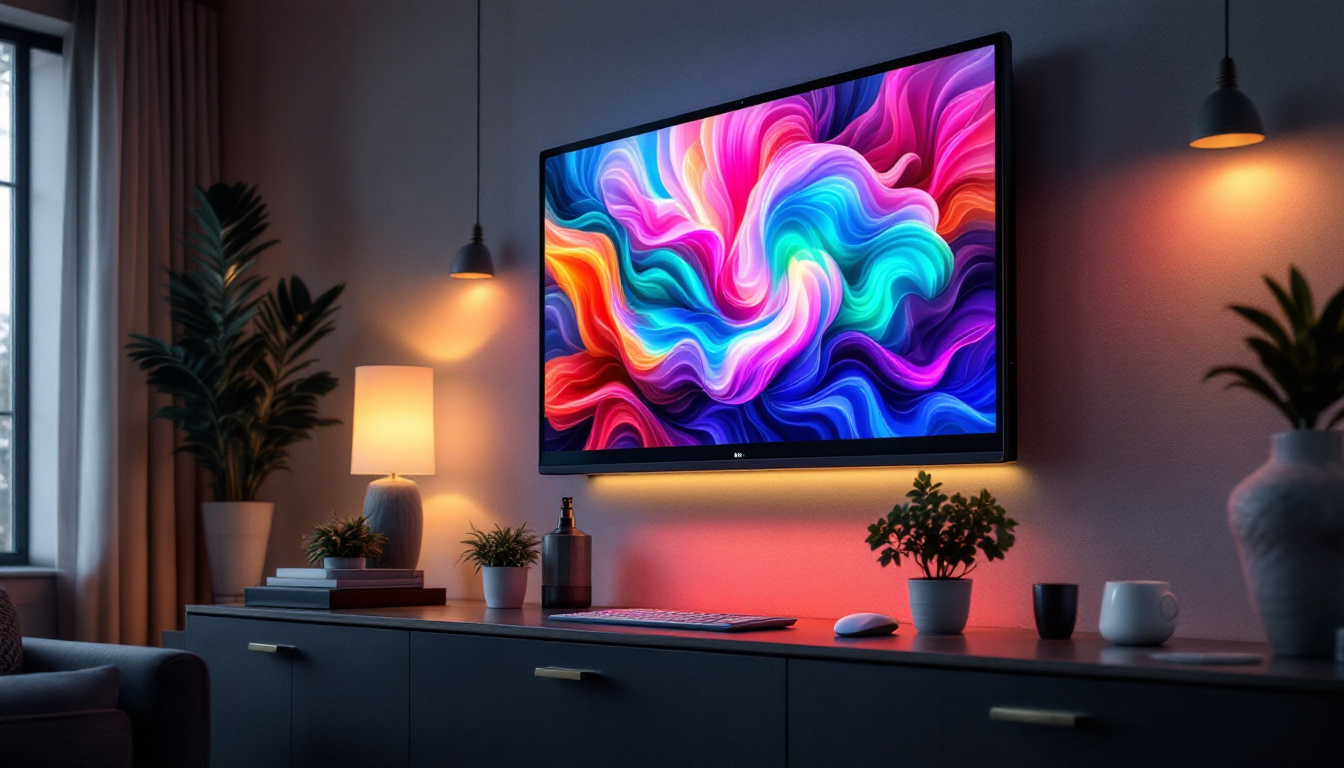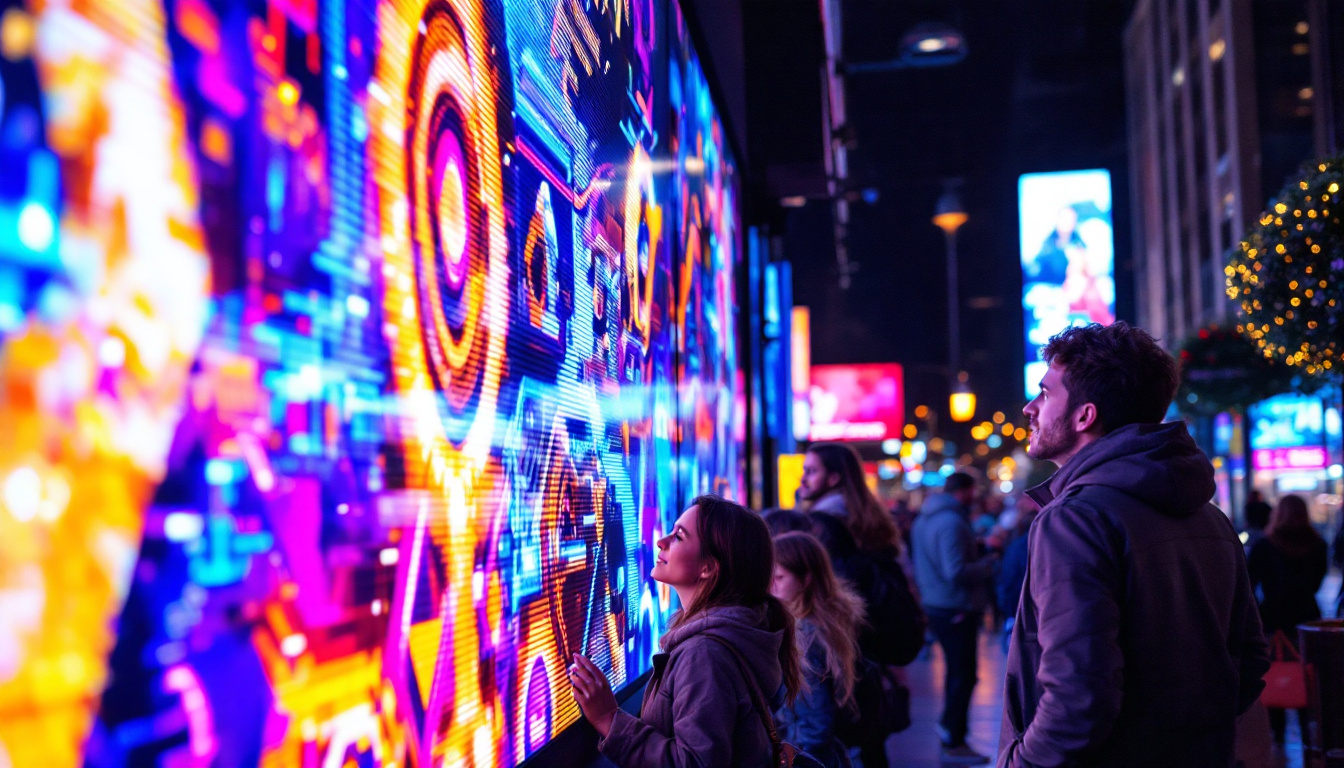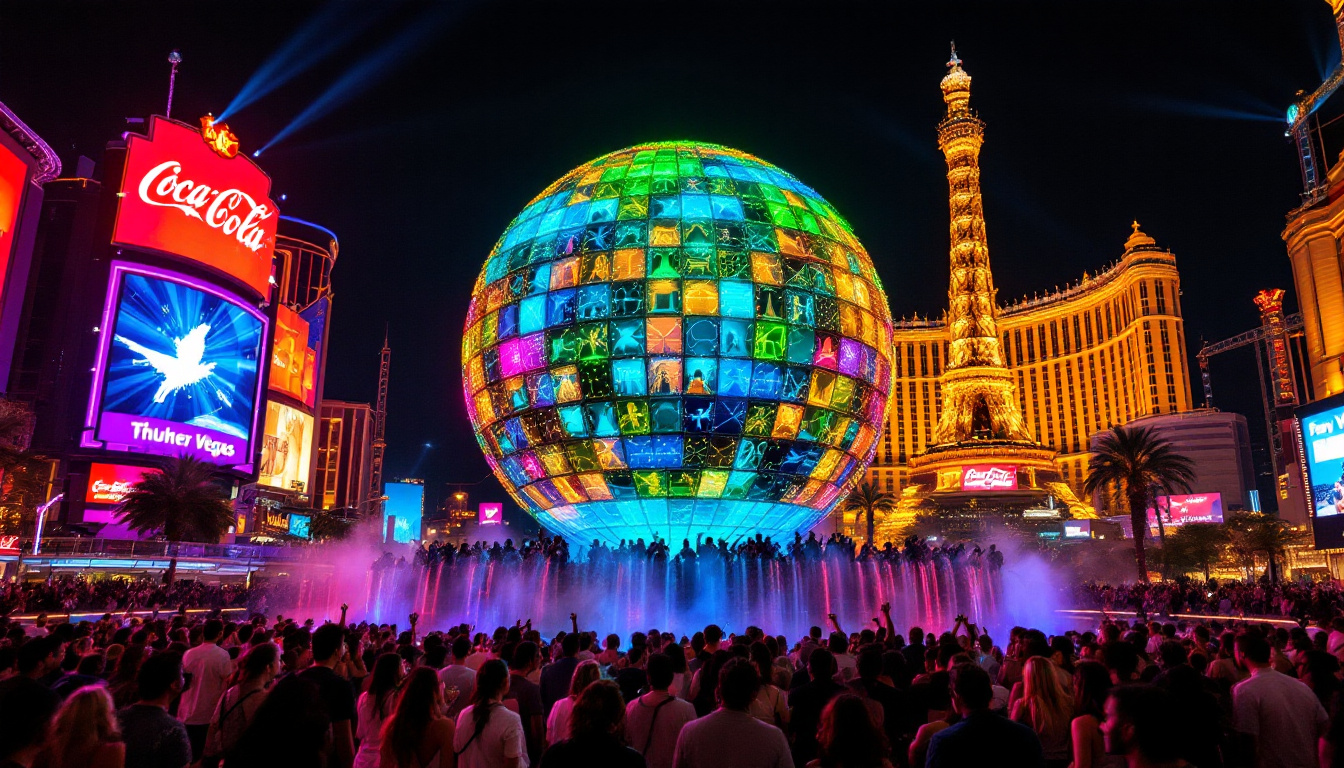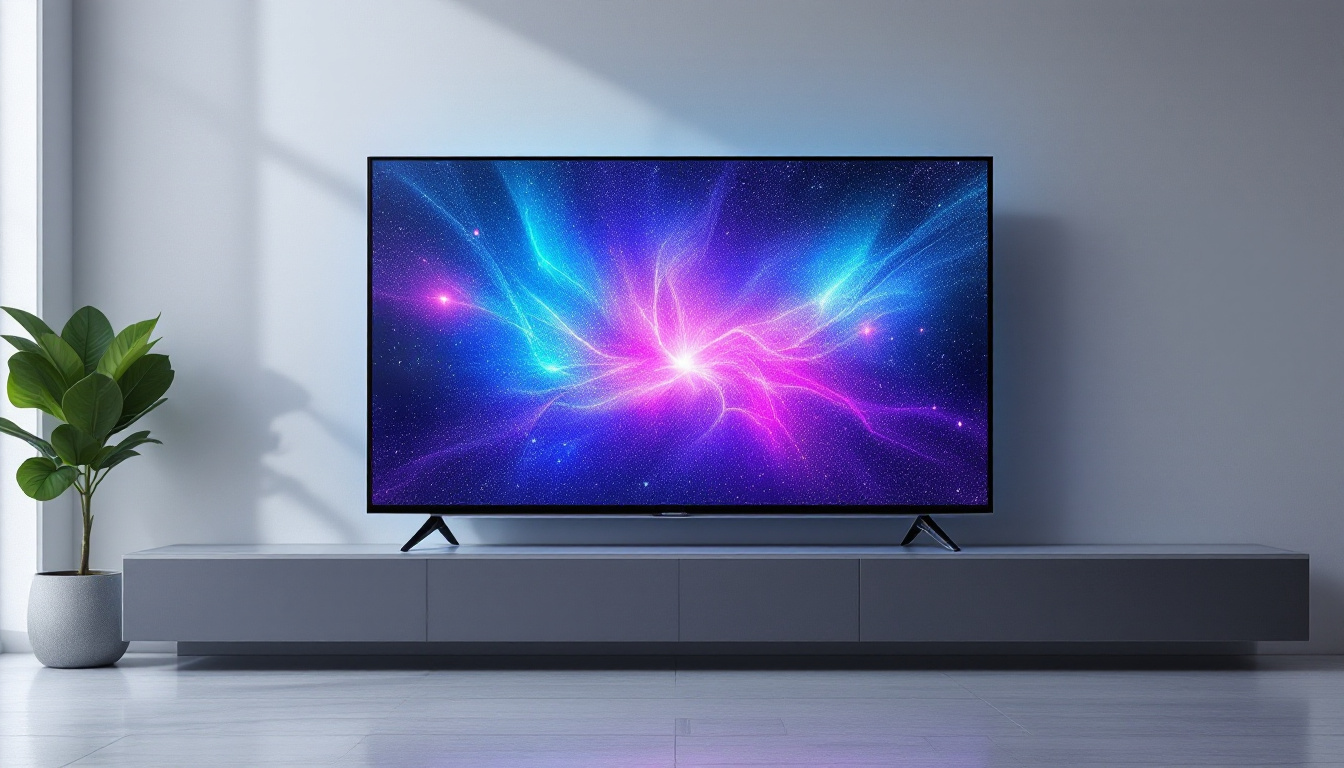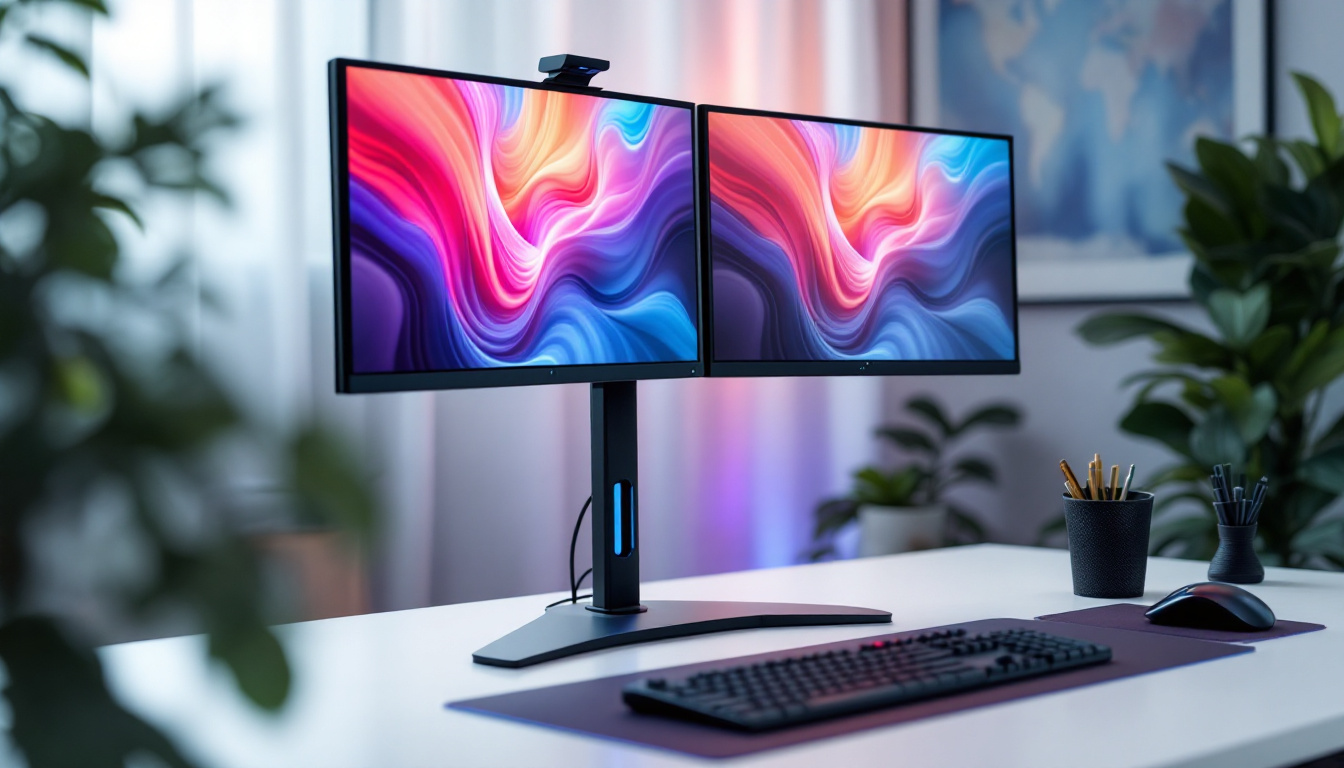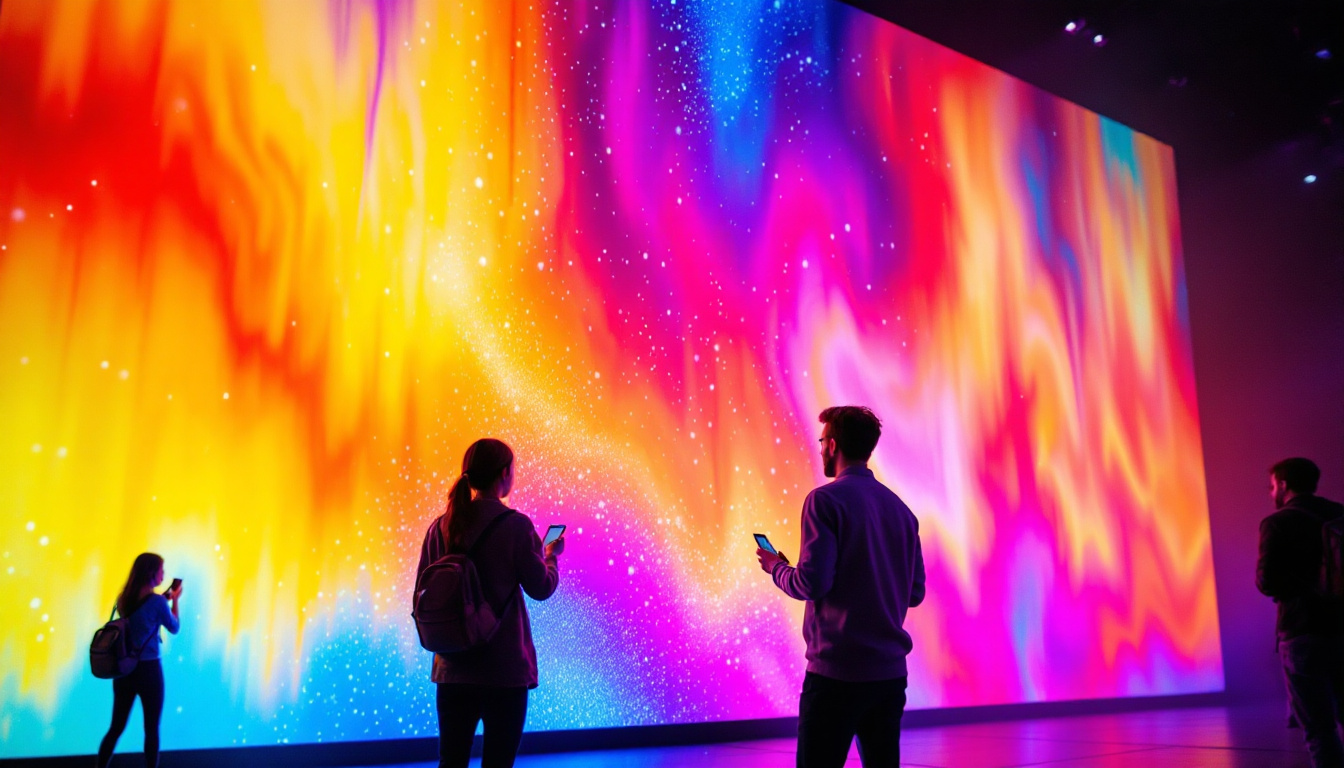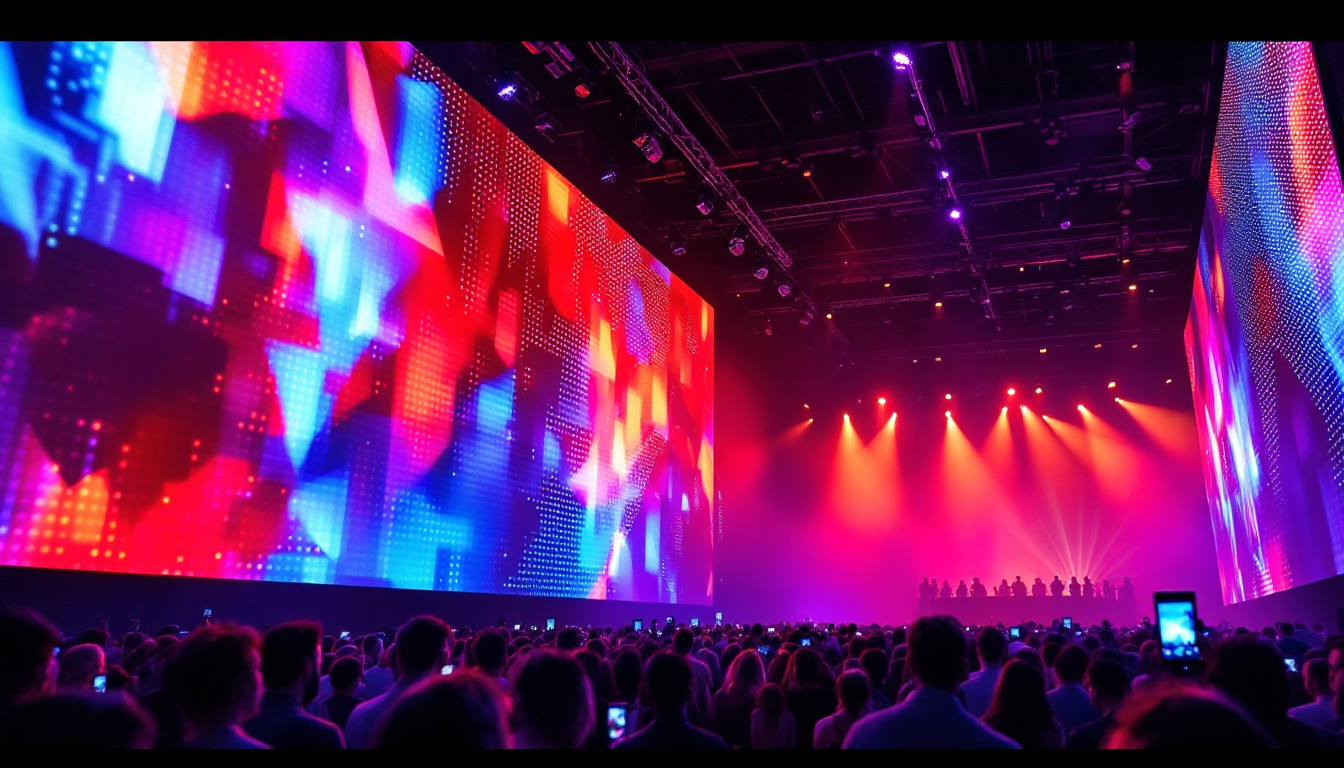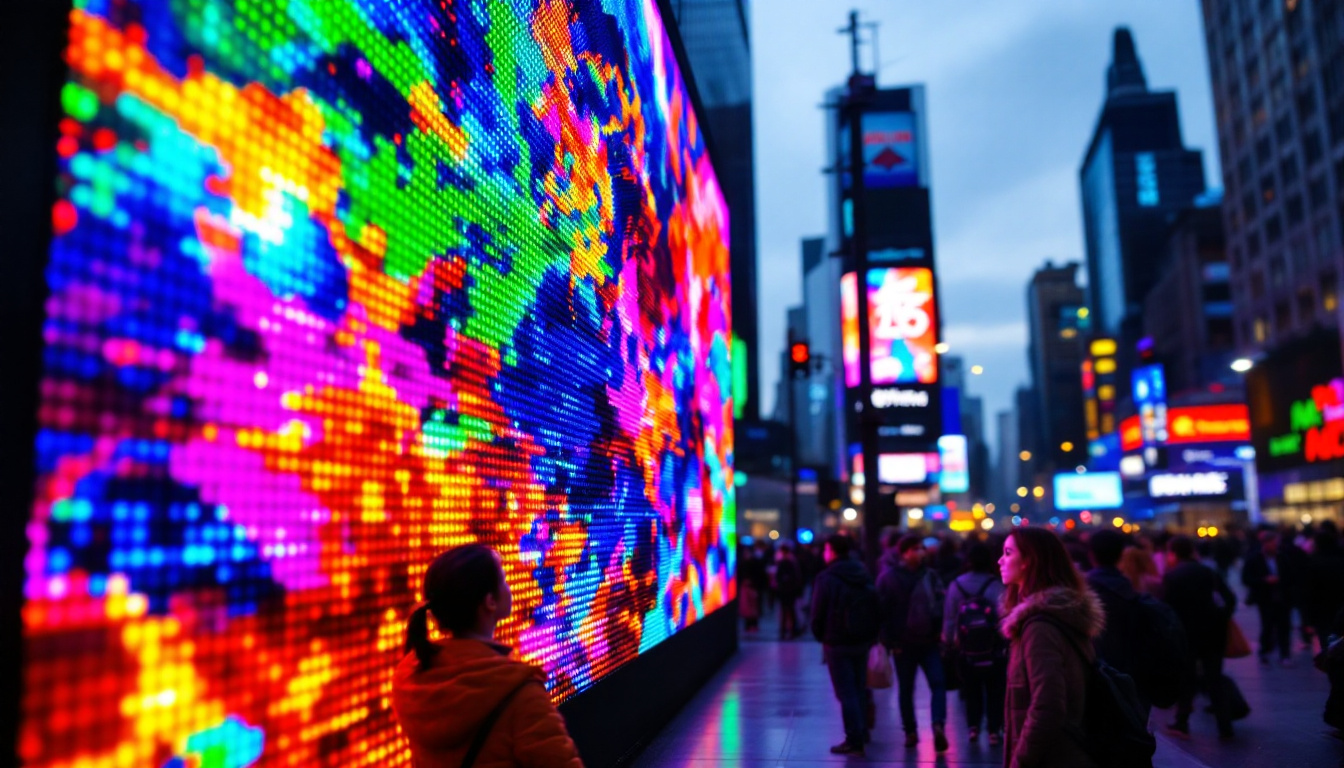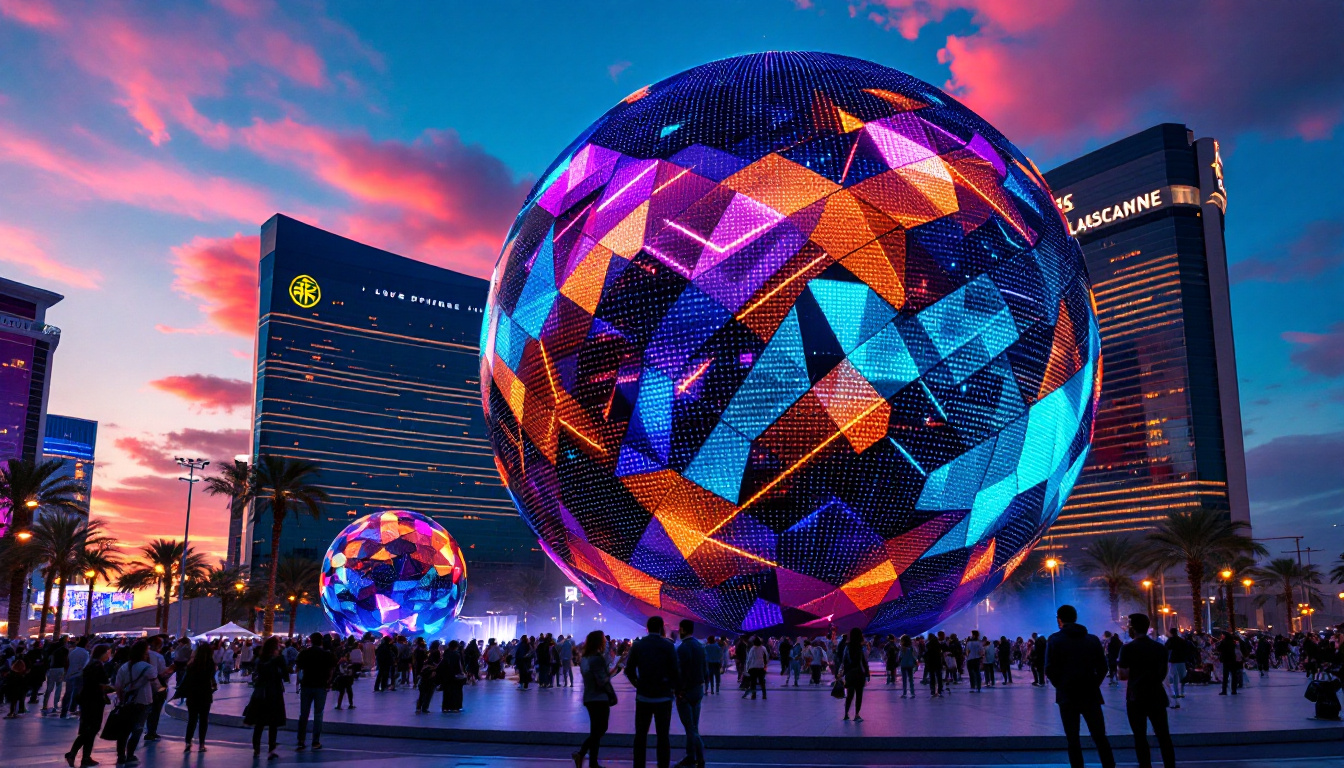When it comes to purchasing a television or monitor, understanding the specifications is crucial. One common query that arises is the conversion of inches to centimeters, particularly for LED displays. This article delves into the specifics of a 42-inch LED display, explaining its dimensions in centimeters and exploring various aspects of LED technology.
Understanding the Measurement Conversion
To convert inches to centimeters, one must know the basic conversion factor: 1 inch is equal to 2.54 centimeters. Therefore, to find out how many centimeters are in 42 inches, a simple multiplication is required. This basic mathematical operation is essential for consumers who are accustomed to metric measurements. Understanding these conversions not only aids in everyday tasks but also enhances one’s ability to communicate dimensions effectively in various contexts, such as shopping for furniture or planning home renovations.
Calculating 42 Inches in Centimeters
Using the conversion factor, the calculation for 42 inches is straightforward:
42 inches x 2.54 cm/inch = 106.68 cm
Thus, a 42-inch display translates to approximately 106.68 centimeters. This precise measurement is vital for ensuring that the display fits well in the intended space, whether it be in a living room, office, or any other setting. When considering the placement of a display, it’s also important to account for viewing distance and the room’s overall layout, as these factors can significantly impact the user experience.
Moreover, converting measurements is not limited to just displays; it extends to various applications such as clothing sizes, where understanding the difference between inches and centimeters can help in selecting the right fit. For instance, a person purchasing a shirt that is labeled in centimeters may find it challenging to gauge their size if they are more familiar with the inch system. Thus, having a reliable conversion method at hand can facilitate smoother transactions and enhance overall satisfaction with purchases.
The Significance of Display Size
The size of a display significantly impacts the viewing experience. A 42-inch LED display is often considered a medium-sized screen, suitable for various environments. Understanding the implications of size can help consumers make informed decisions.
Viewing Distance and Comfort
One of the primary considerations when selecting a display size is the viewing distance. For a 42-inch screen, the recommended viewing distance typically ranges from 5 to 8.5 feet. This distance allows viewers to enjoy the full resolution without straining their eyes.
Being too close can lead to discomfort, while being too far may diminish the immersive experience. Therefore, it’s crucial to measure the intended viewing area before making a purchase. Additionally, factors such as the resolution of the display play a vital role in this equation. Higher resolutions, like 4K, allow for closer viewing distances without sacrificing picture quality, making it possible to enjoy a larger screen in a smaller space.
Room Size and Aesthetics
The size of the room also plays a significant role in determining the appropriate display size. A 42-inch LED display can fit well in smaller living rooms or bedrooms, providing a balance between screen size and room aesthetics. It is essential to consider how the display complements the existing décor and furniture.
In larger spaces, however, a 42-inch screen may appear small and underwhelming. In such cases, opting for a larger display could enhance the overall viewing experience and maintain visual balance within the room. Furthermore, the placement of the display can also affect the room’s dynamics. Wall-mounted screens can save space and create a modern look, while stands or furniture can add a touch of style and functionality. Incorporating elements like ambient lighting or sound systems can further enhance the viewing experience, turning an ordinary movie night into a cinematic adventure.
LED Technology: An Overview
LED (Light Emitting Diode) technology has revolutionized the way displays are manufactured and perceived. Understanding the fundamentals of LED technology is essential for consumers looking to invest in a new display.
How LED Displays Work
LED displays utilize a series of light-emitting diodes to produce images. Unlike traditional LCD screens that rely on fluorescent backlighting, LED displays provide enhanced brightness and contrast. This technology allows for thinner screens and improved energy efficiency.
Furthermore, LED displays can be categorized into two main types: edge-lit and backlit. Edge-lit displays have LEDs positioned along the edges, while backlit displays have a full array of LEDs behind the screen. Each type has its advantages and disadvantages, affecting performance and cost. For instance, edge-lit displays are generally lighter and more affordable, making them popular for budget-conscious consumers, while backlit displays tend to offer superior uniformity and color consistency, making them ideal for professional applications such as graphic design and video editing.
Benefits of LED Displays
One of the primary benefits of LED displays is their superior picture quality. With higher brightness levels and better color accuracy, LED screens provide a more vibrant viewing experience. Additionally, they consume less power compared to traditional displays, making them a more environmentally friendly option.
Longevity is another advantage of LED technology. LED displays typically have a longer lifespan than their LCD counterparts, reducing the need for frequent replacements and maintenance. This durability is particularly beneficial in commercial settings, where displays are often used for advertising or information dissemination. Moreover, the reduced heat output of LED technology contributes to a cooler operating environment, which can further extend the life of the display and reduce cooling costs in large installations.
Another noteworthy aspect of LED displays is their versatility in various applications. From televisions and computer monitors to large-scale outdoor billboards, LED technology adapts seamlessly to different environments. In recent years, advancements in LED technology have led to the development of flexible and transparent displays, opening up new possibilities for innovative design in architecture and retail. These advancements not only enhance aesthetic appeal but also allow for interactive experiences that engage consumers in unique ways.
Choosing the Right 42-Inch LED Display
With numerous options available in the market, selecting the right 42-inch LED display can be daunting. Several factors should be considered to ensure the best choice for individual needs.
Resolution Matters
Resolution is a critical aspect of any display. Most 42-inch LED displays offer at least Full HD (1920 x 1080 pixels), while some may even provide 4K Ultra HD (3840 x 2160 pixels). Higher resolution screens deliver sharper images and finer details, enhancing the overall viewing experience.
For users who enjoy watching movies or playing video games, investing in a 4K display may be worthwhile, as it offers a more immersive experience. However, for general television viewing, a Full HD resolution may suffice. It’s also worth noting that the source of your content matters; streaming services and Blu-ray discs often provide content in higher resolutions, making a 4K display a more future-proof option.
Smart Features and Connectivity
Modern LED displays often come equipped with smart features, allowing users to access streaming services, browse the internet, and connect with other devices. When selecting a 42-inch LED display, consider whether smart functionality is essential.
Additionally, connectivity options such as HDMI, USB, and Wi-Fi capabilities should be evaluated. Ensuring that the display can connect to gaming consoles, sound systems, and other devices is crucial for a seamless entertainment experience. Many displays now support Bluetooth connectivity as well, enabling users to easily connect wireless headphones or speakers for enhanced audio quality. Moreover, some models come with built-in voice assistants, making it easier to control the display and access content hands-free, which can be a significant convenience in today’s fast-paced lifestyle.
Another important factor to consider is the user interface of the smart features. A user-friendly interface can make navigating through apps and settings much more enjoyable, while a cluttered or slow interface can lead to frustration. Look for displays that offer regular software updates to ensure that your device remains compatible with the latest apps and features. Additionally, some brands offer exclusive content or services that can enhance your viewing experience, so it may be beneficial to research these offerings before making a final decision.
Maintenance and Care for LED Displays
Proper maintenance can significantly extend the lifespan of a 42-inch LED display. Understanding how to care for the device is essential for optimal performance.
Cleaning the Screen
Cleaning the screen regularly is vital to maintaining picture quality. Using a microfiber cloth and a gentle cleaning solution specifically designed for electronics can help remove dust and fingerprints without damaging the screen. Avoid using harsh chemicals or abrasive materials, as they can scratch the surface.
Optimal Settings for Longevity
Adjusting the display settings can also contribute to the longevity of the LED screen. Lowering the brightness and contrast levels can reduce strain on the LEDs, ultimately extending their lifespan. Additionally, turning off the display when not in use can prevent unnecessary wear and tear.
Conclusion
In summary, a 42-inch LED display is a popular choice for many consumers, offering a balance of size, quality, and functionality. Understanding the conversion from inches to centimeters is just the beginning of making an informed decision. By considering factors such as viewing distance, room size, resolution, and smart features, consumers can select the perfect display for their needs.
With the right care and maintenance, a 42-inch LED display can provide years of enjoyable viewing experiences. As technology continues to evolve, staying informed about the latest advancements in display technology will ensure that consumers make the best choices for their entertainment needs.
Discover the Future of Visual Experience with LumenMatrix
Ready to elevate your viewing experience with the latest in LED display technology? LumenMatrix is at the forefront of innovation, offering a wide range of LED display solutions tailored to your needs. Whether you’re looking for an Indoor LED Wall Display for your business, an Outdoor LED Wall Display for advertising, or any of our other specialized products like Vehicle LED Displays and LED Sports Displays, we have you covered. Embrace the future of visual communication and captivate your audience with unparalleled clarity and impact. Check out LumenMatrix LED Display Solutions today and transform your space into a dynamic visual masterpiece.

